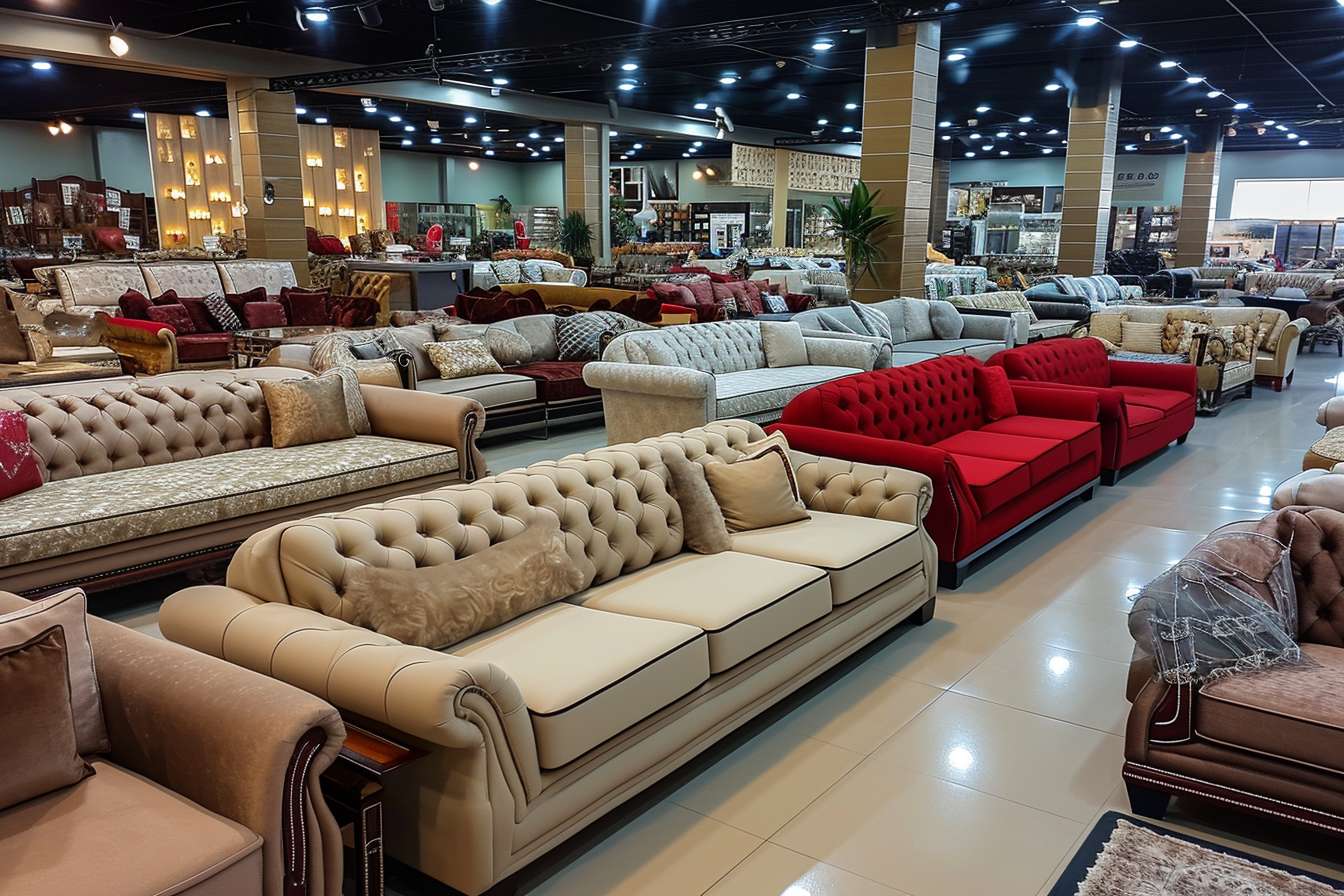The Ultimate Guide to Sleeper Sofas: Comfort and Functionality Combined
Sleeper sofas are the ultimate dual-purpose furniture, combining the comfort of a couch with the practicality of a bed. These versatile pieces have become increasingly popular in recent years, especially for those living in smaller spaces or frequently hosting overnight guests. This comprehensive guide will explore the world of sleeper sofas, their various types, materials, and how to choose the perfect one for your home.

How do sleeper sofas function as dual-purpose furniture?
Sleeper sofas are ingeniously designed to serve two essential functions: seating and sleeping. During the day, they appear and function as regular sofas, providing comfortable seating for lounging, reading, or watching TV. When night falls, these clever pieces of furniture transform into beds, offering a convenient sleeping solution for guests or residents in compact living spaces.
The transformation process varies depending on the type of sleeper sofa, but generally involves unfolding or pulling out a hidden mattress. This dual functionality makes sleeper sofas an excellent investment for those looking to maximize space efficiency without compromising on comfort or style.
What are the different types of sleeper sofas available?
Sleeper sofas come in various designs, each catering to different needs and preferences. Here are some of the most common types:
-
Pull-out sofas: These traditional sleeper sofas feature a folded mattress hidden within the sofa frame. To use, you remove the cushions and pull out the bed frame, which unfolds to reveal a full-sized mattress.
-
Futon sofas: Originating from Japan, futons are simple yet versatile. The entire sofa back folds down flat to create a sleeping surface, using the same cushions for both sitting and sleeping.
-
Click-clack sofas: Named for the sound they make when adjusting, these sofas have a back that reclines to create a flat sleeping surface. They’re often more compact than pull-out sofas.
-
Convertible sofas: These innovative designs can be adjusted into multiple positions, including upright for sitting, reclined for lounging, and flat for sleeping.
-
Daybeds: While not technically sofas, daybeds serve a similar dual purpose. They’re designed to look like a deep sofa but are essentially a single bed with a back and sides.
What materials and upholstery options are common in sleeper sofas?
Sleeper sofas are available in a wide range of materials and upholstery options to suit various tastes and budgets. Some popular choices include:
-
Fabric: This is the most common upholstery option, offering a vast array of colors, patterns, and textures. Fabrics like microfiber, cotton, and polyester blends are durable and easy to clean.
-
Leather: While more expensive, leather sleeper sofas provide a luxurious look and feel. They’re also durable and easy to maintain, though they may not be as comfortable for sleeping in warm climates.
-
Faux leather: This synthetic alternative offers a similar look to genuine leather at a lower cost and is often more resistant to scratches and stains.
-
Velvet: For a touch of elegance, velvet upholstery provides a soft, plush surface that’s both comfortable and visually appealing.
As for the mattress, sleeper sofas typically use innerspring, memory foam, or air-over-coil mattresses. Memory foam tends to offer the best comfort for sleeping, while innerspring mattresses are more affordable and widely available.
What are the space-saving benefits of choosing a sleeper sofa?
Sleeper sofas are excellent space-saving solutions, particularly for small apartments, studio flats, or multi-purpose rooms. Here are some key benefits:
-
Dual functionality: By combining a sofa and bed into one piece of furniture, sleeper sofas eliminate the need for a separate guest bed or bedroom.
-
Versatility: They allow you to easily convert your living room into a guest room when needed, without permanently dedicating space to a rarely-used bed.
-
Efficient use of space: In small homes, every square foot counts. A sleeper sofa helps maximize the utility of your living area without compromising on comfort or style.
-
Flexibility: For those who frequently rearrange their living spaces, a sleeper sofa offers more flexibility than a traditional bed.
-
Cost-effective: Investing in a quality sleeper sofa can be more economical than purchasing separate sofas and beds, especially in terms of space utilization.
How do you choose the right sleeper sofa size for your space?
Selecting the appropriate size sleeper sofa is crucial for both comfort and space efficiency. Here are some tips to help you choose:
-
Measure your space: Before shopping, measure the area where you plan to place the sofa. Consider both its closed (sofa) and open (bed) configurations.
-
Consider the mattress size: Sleeper sofas typically come with twin, full, queen, or king-sized mattresses. Choose based on who will be using the bed most often.
-
Account for traffic flow: Ensure there’s enough space to fully extend the bed without blocking doorways or walkways.
-
Think about the room’s primary function: If it’s mainly a living room, prioritize seating comfort. If it’s primarily for guests, focus on sleeping comfort.
-
Check the dimensions: Pay attention to the sofa’s depth when closed, as deeper sofas may take up more floor space but offer more comfortable seating.
-
Consider the ceiling height: For multi-level sleeper sofas or those with high backs, ensure they fit comfortably under your ceiling.
By carefully considering these factors, you can find a sleeper sofa that not only fits your space perfectly but also meets your functional needs and aesthetic preferences. Whether you’re furnishing a small apartment or creating a versatile guest room, a well-chosen sleeper sofa can be the perfect solution for combining comfort, style, and practicality in your home.




